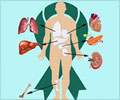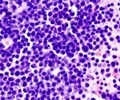Leukemia, multiple myeloma, and myelodysplasia are blood diseases that can develop from abnormal bone marrow cells and a dysfunctional bone marrow microenvironment that surrounds these cells.
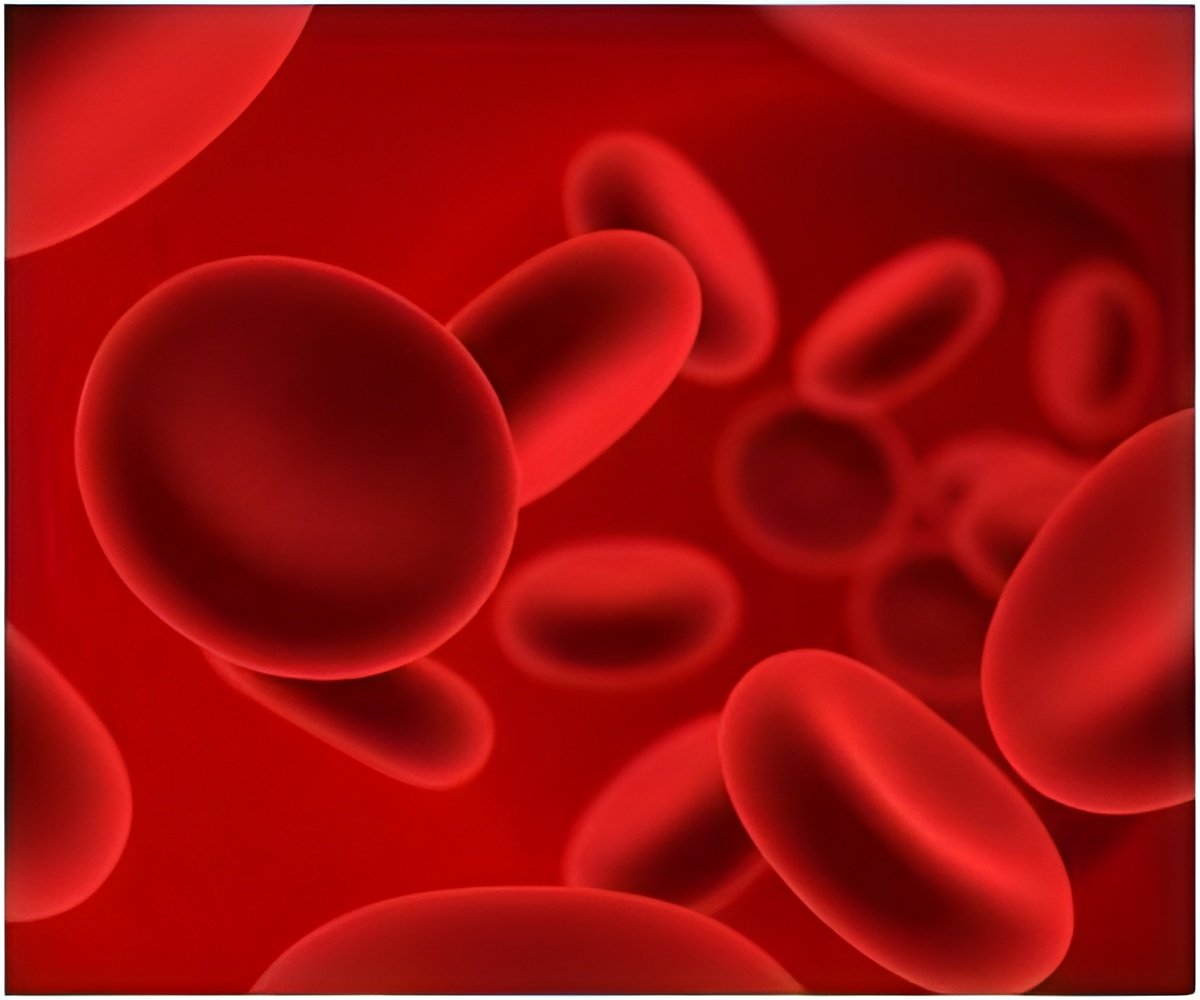
Scientists led by Dr. Hongbo Luo of Harvard Medical School and Boston Children's Hospital found that mice lacking a gene that codes for an enzyme called SH2-containing inositol-5'-phosphatase-1 (SHIP) could not form a normal bone marrow microenvironment but that transplanted cells from normal mice could reconstitute the microenvironment in the mutant animals.
This microenvironment reconstitution normalized blood cell production in the bone marrow and also corrected defects due to abnormal blood cell production in the spleens and lungs of the SHIP-deficient mice.
"We believe our finding is a major breakthrough in the field," says Dr. Luo. "Long-term reconstitution of the bone marrow environment can be achieved by treatment with a specific SHIP inhibitor, although it is currently not available yet."
Source-Eurekalert
 MEDINDIA
MEDINDIA
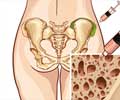

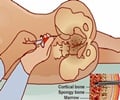

 Email
Email



